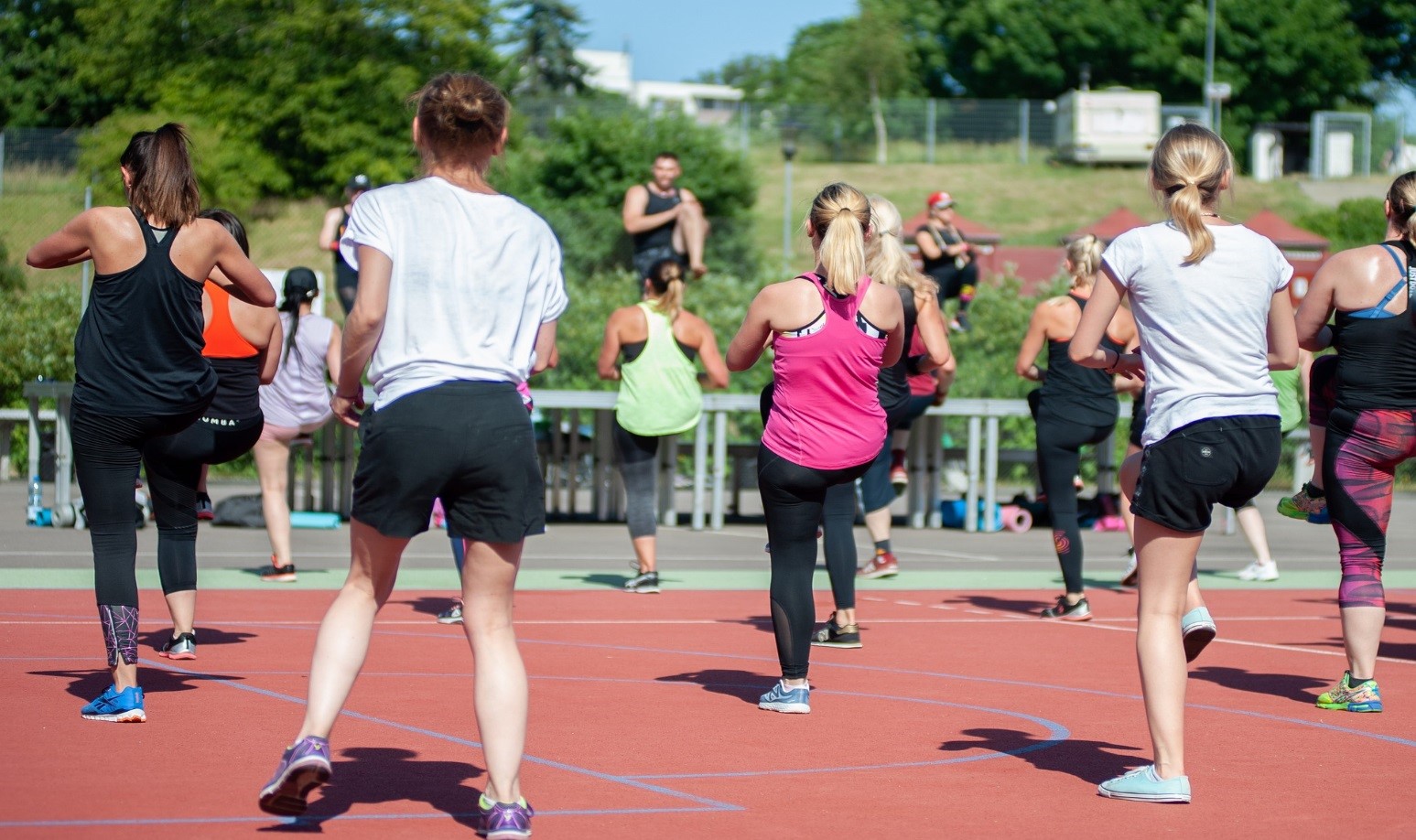The best way to boost your bone strength and prevent osteoporosis is by getting regular exercise. Even, if someone already has osteoporosis, exercising can help maintain the bone mass they have.

Why is it essential to do exercise for osteoporosis? Experts say, exercise not just help to build mass and endurance, but also helps to maintain the amount of thickness of your bones. The medical term for this is bone mass and density. Weight-bearing exercise, resistance training and flexibility are the three types of exercise for patients who have osteoporosis. These, along with osteoporosis medicines, help in the prevention of osteoporosis by building healthy bones.
Why is Weight-Bearing Exercise is Effective?
Weight-bearing exercises involve bones, muscles of the legs, and trunk that works against the force of gravity while these parts bear your body weight. Examples of weight-bearing exercises are walking, jogging, stair climbing, dancing, and aerobics. It also involves sports like volleyball, basketball, soccer, and others. Weight-bearing exercise is considered the most effective form of exercise, especially when it comes to maintaining healthy bones of the spine and hip. Push-ups against the floor or wall in a standing position is also a type of weight-bearing exercise as the arms during the workout arms are being loaded with the body weight. An exercise that tends to increase heart rates, such as jogging and dancing, also strengthens your heart along with the muscles and bones. These exercises are also known as aerobic exercises, but it is important to note that not all aerobic exercise is weight-bearing, for example, cycling and swimming. Every individual should perform some weight-bearing exercise to maintain optimal overall health. Normal individuals who are trying to reduce their risk of developing osteoporosis can do some vigorous and frequent exercise that those with health complications or with a higher risk of fracture. Those who are more likely to break bones may need to participate in less intense weight-bearing exercise. It is important to choose exercises according to one’s fitness level, abilities, as well as a health condition. Whenever you are in doubt, consult a physician and prefer going slow. You can gradually increase the duration as well as the intensity of exercises to achieve the goal. These exercises work best when they are combining with strength training exercises and osteoporosis medicines.

Why is strength training being important, and how can it prevent fractures?
Strength training involves the use of free weights, exercise bands, or weight machines to make the bones and muscles work. During a weight training exercise, the body works by lifting, pushing, or pulling a load. Strength training is beneficial when it comes to improving muscle mass and strength. It helps to increase the bone density of the bone and spine. To get the most benefit out of it, perform strength training two to three times per week following moderate to high intensity using all major muscles. It is advised to go slow and gradually increase the intensity. If performed under the guidance of an experienced instructor, then one will be able to follow the appropriate progression of exercise intensity. For beginners, who are not able to lift, push or pull weight can start by holding their arms, or legs against gravity. This way, your arms and legs act as the load. As strength improves, one can increase weight.
Resistance exercises in the water can boost muscle strength. During the resistance exercise, joints experience less stress than they experience during weight-bearing exercises. Strong muscles reduce the risk of falls.
How does exercise help to prevent fractures?
Exercise not only enhances the body’s strength but also improves balance and coordination as well as reduces falls and fractures. Exercises such especially balance exercise enhances coordination and movements. If there is something wrong with the balance, there is an increased risk of falling. Therefore, it is essential to exercise caution while performing balance exercises. You can try Tai chi, an extremely safe and effective form of exercise that improves balance and reduces the risk of falls.
About Stretching
As we get older, we tend to lose flexibility more because of lack of activity and poor habits which leads to pain and stiffness. The more pain we experience, the more stiffed our body, the less likely to exercise, and as a result, we tend to lose bone and muscle strength. This further increases the risk of falls and bone fractures. Stretching exercises help to reduce pain and stiffness by improving flexibility and widens your range of motions. Stretching is an effective technique to warm up the muscles. When muscles are warmed up, they tend not to have good blood flow which results in a better range of motions and hence you are less likely to get injured.
If you have osteoporosis, be careful while bending or twisting at the waist. This motion can make you more likely to cause a fracture. Follow the exercise regime along with osteoporosis medicines to reduce the risk of fracture.
Read more about how to Prevent Osteoporosis and Osteoporosis Causes
